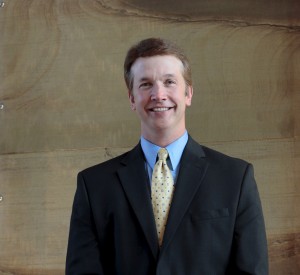Golfing After Joint Replacement Surgery
Believe it or not, spring is nearly here.
It’s time to take out your golf clubs, stretch your shoulders and hips and get ready for golf season.
If you’ve had hip replacement or knee replacement surgery at the Kennedy Center in Oshkosh, you might want to think about the following tips from Golf Digest before you take that first swing.
- Don’t golf in wet weather – slipping and falling while swinging your club could be disastrous.
- Any golfer with a joint replacement should learn to play more “on the toes.” Don’t listen to the golf pros who tell you to swing with your feet flat on the ground. Swinging flat footed puts a lot of stress on a joint replacement. On the backswing, the left heel should come off the ground and on the downswing, the right heel should come off the ground.
- Golfers with total hip replacements should learn to play with bigger hip turns. Hip movement is triggered by the lower back. By turning the trunk more, the muscles around the hip are stretched less and therefore take stress off the hip replacement. Be sure to rise up on your toes while attempting a bigger hip turn or the stress of the trunk rotation will be transmitted to the hip or the knee.
- Right handed golfers with a total right knee replacement may benefit from “stepping through” their shots with their right leg. In this movement, the right leg comes off the ground during the downswing and follow-through – it actually steps toward the target. This helps the weight shift and will take some stress off the right knee. Golfers with a left knee replacement should never try this technique- it will not help your swing and could be dangerous.
- Right handed golfers with a total left knee replacement will probably benefit from an open stance. This will make the backswing a bit more difficult but if the left heel is allowed to come up, a full turn should be possible. An open stance has the golfer facing the target more and the hips don’t need to turn so drastically to the left in the impact zone, therefore taking stress off a left knee replacement.
And finally, a tip from the sports medicine doctors at the Kennedy Center, make sure you do warm up stretches for your back, shoulders and hips before hitting that first ball. Simple exercises like holding a golf club in two hands and stretching overhead and backwards several times will loosen the shoulder, arm and back muscles.
Have Fun!
From the Team:
Dr. McLaughlin, Dr. Tsai, Dr. Hausserman, Dr. Schaufelberger and Dr. Fornetti



